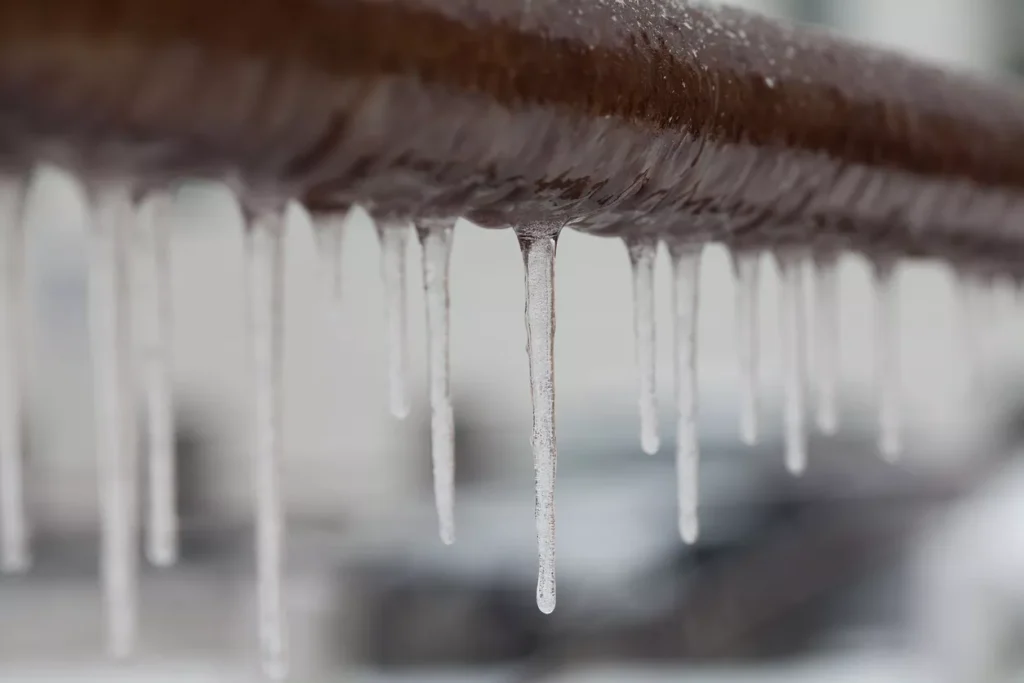-
Determine the location of the frozen pipe. This can be done by touching or by running your hand along accessible water pipes in the home while feeling for extremely cold spots. If a cold portion of pipe is encountered; thaw it gently, preferably using a hair dryer. DO NOT use a propane torch, as it could cause a rupture of the water line.
-
If you suspect the water line is about to freeze, check the temperature of the water. Do this at the location of where the water enters the home. If the temperature is close to freezing, run a substantial amount of water until the temperature increases. This could take some time. Showering and washing extra loads of laundry will put the extra water to good use.
-
If you choose to leave the water in the home trickling, be careful! Leaving the water running at a trickle can help prevent frozen water service lines. However, trickling water can sometimes lead to frozen sewer service lines. In the past, water and sewer lines were installed in close proximity of each other and often at the same depth. Trickling water in a sewer line can cool to the point of freezing if the sewer line is cold. This could lead to the sewer service freezing shut and causing a sewer backup.
-
If you chose to run the water at a trickle, it is advised to periodically turn the flow of water up to about a garden hose size stream for several minutes. The increased flow of water allows for a better exchange of heat between the water and water service line/ground and also allows the water to assist in heating the sewer system.
-
If having a freezing water issue is on a septic system, trickling water should be diverted away from the septic system. Septic systems have a limited capability to accept excess water in deep frost conditions. The trickling water could compromise the on-site septic system, leaving the customer with more problems and expense. If possible, use a hose to run the trickling water to an outside, acceptable area.
-
Electrically heating of water lines, using a welder, only works on metallic lines. It will not work if there is any plastic or pvc piping in the service line. Care should be taken, if using a welder, as they have been known to start fires in adjacent structures. It has also been found that the use of welders can increase the speed at which cast iron or ductile iron lines corrode.
-
If the water service line does become frozen FBRW advises our users to open one or two faucets. This will allow the ice to have room to expand without damaging any other piping.
8. For Manufactured homes on piers/Blocks without a basement it is recommended that you install a heat tape on the waterline coming into the home then wrap pipe insulation around the exposed pipe. These are commonly found at hardware stores.
-
There are companies throughout the state that have the ability to thaw frozen services with a re- circulating thawing unit. If there is no one that offers this service in your area and you would like assistance, please contact us at 701-627-8185. We will guide you through the processes of thawing out a froze up line and help you with contacting a contractor for assistance.
Information is available for Download/Print below:

